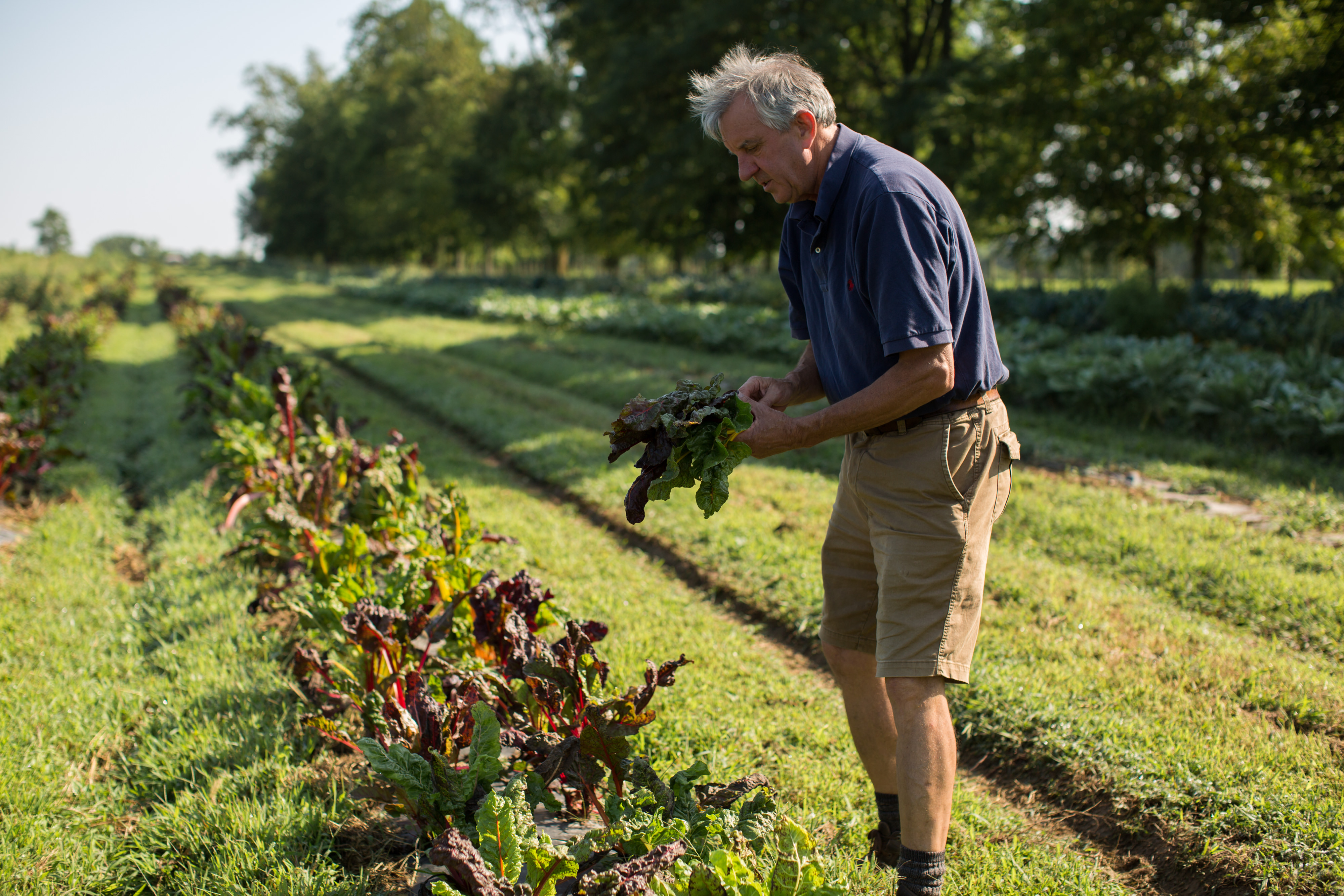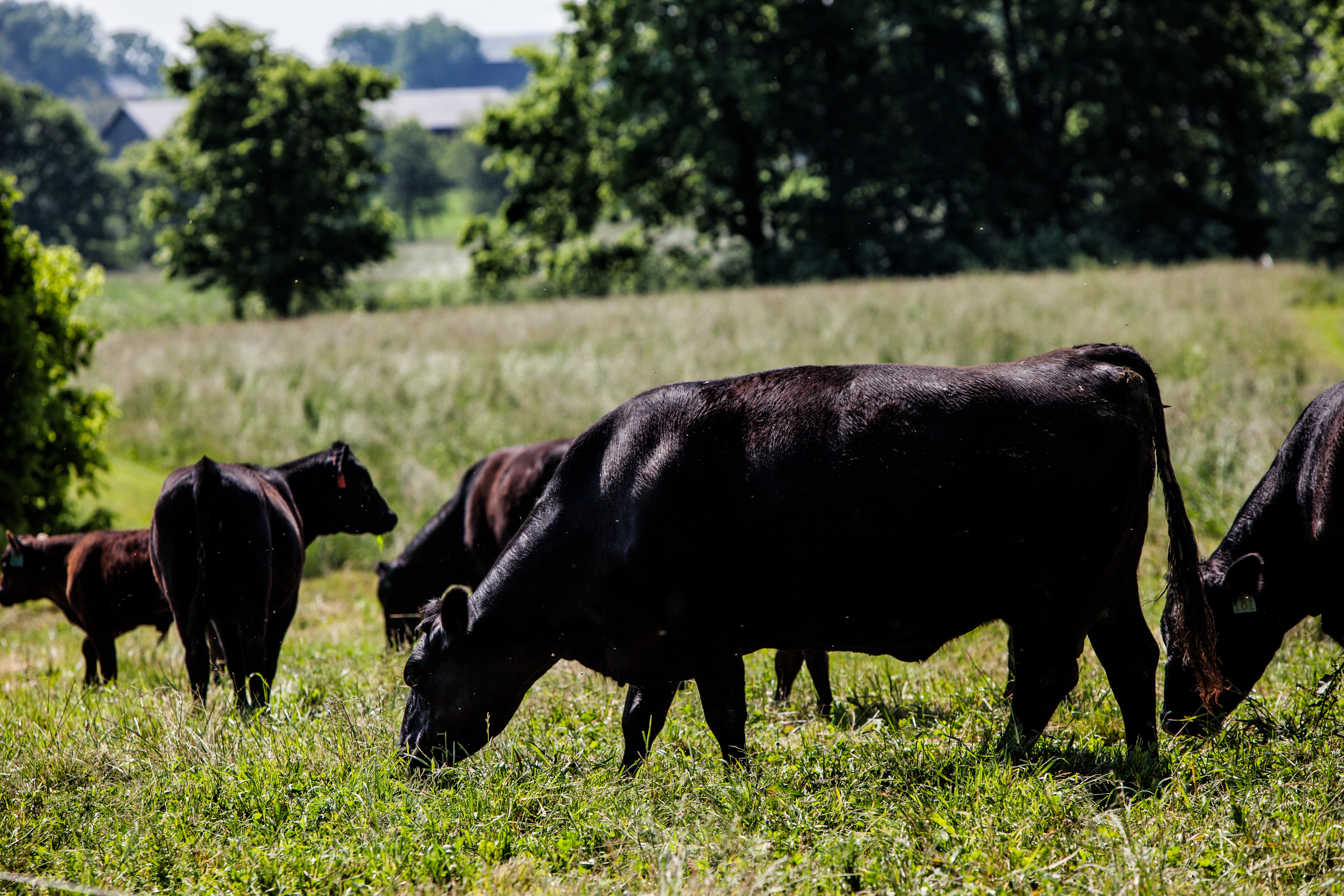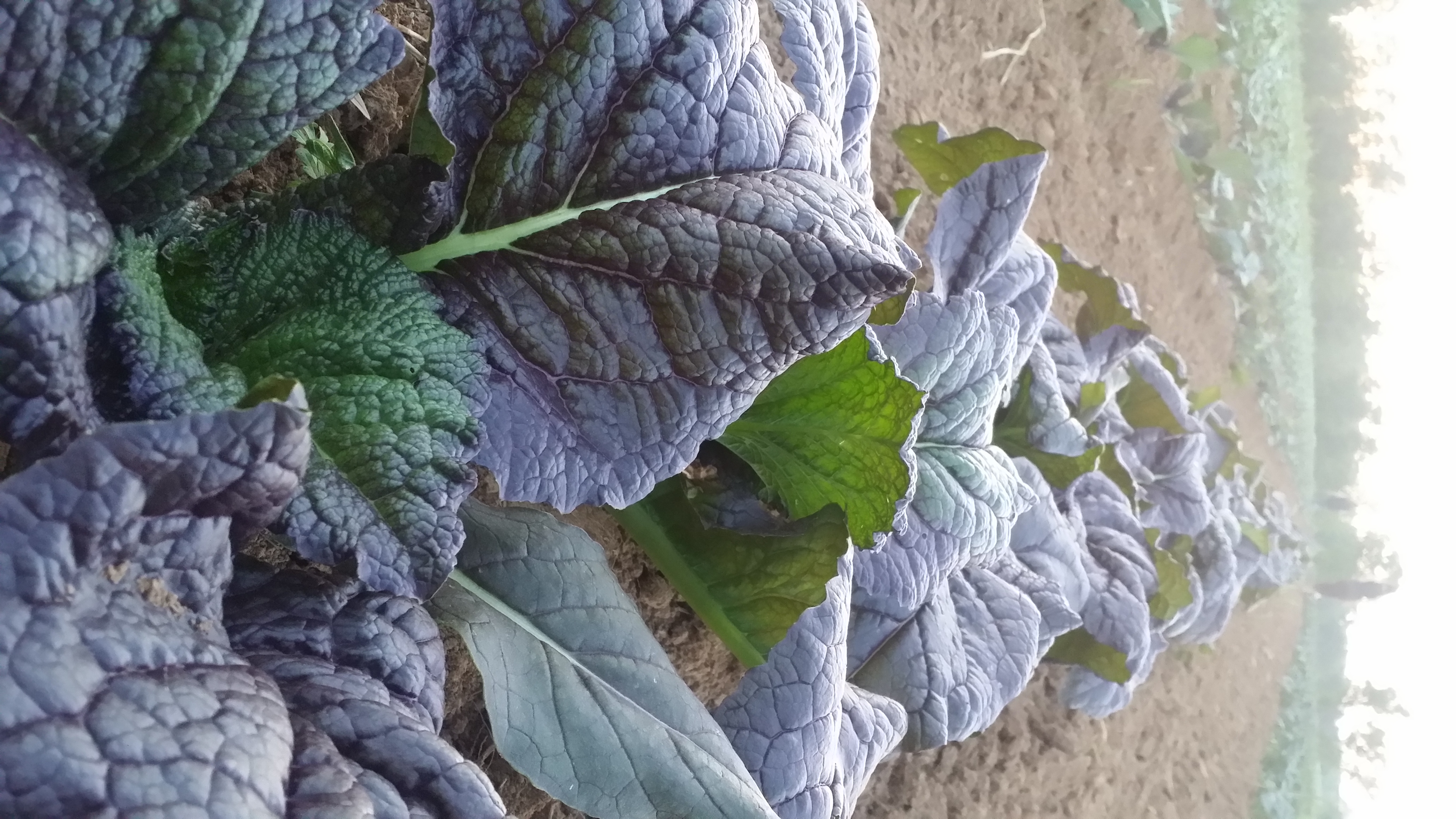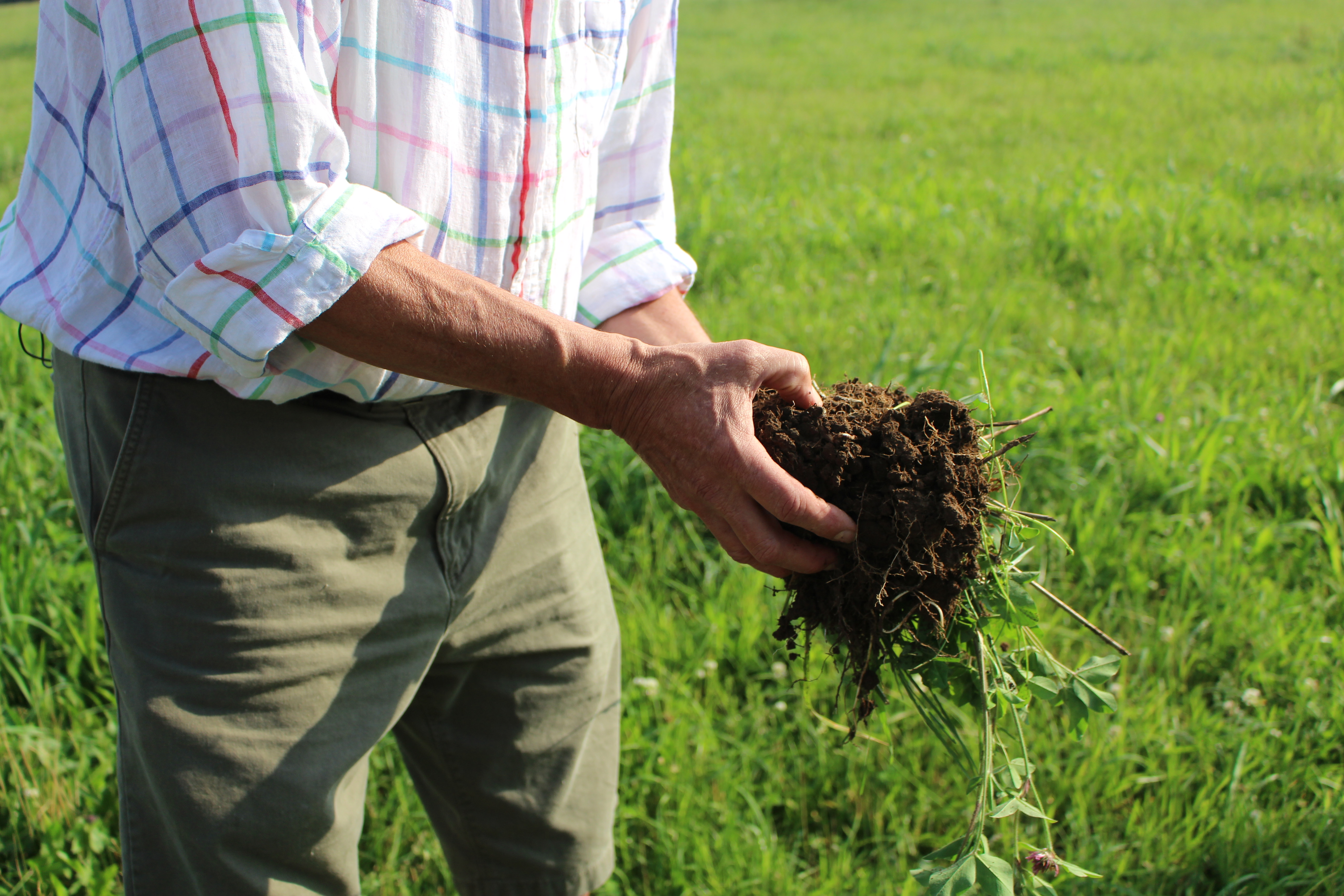
By: Mac Stone, Farmer & Owner, Elmwood Stock Farm
Out here on the banks of the Elkhorn Creek, our tractors turn soil, rich with microbes metabolizing minerals to nourish crops to feed people. By feeding our soils with cover crops and grazing livestock on (with) them, we are able to provide food for people as nature intended. In nature, symbiotic relationships always reach equilibrium. Walk into a lush forest, and you will see her at her finest. Even in farming, Mother Nature knows best, and we try to work alongside her.

The Central Bluegrass is itself a physiological marvel since the oceans backed off, the Appalachian Mountains grew up, glaciation scrubbed the landscape bare, and the Elkhorn started cutting its way through the earth’s crust. For us, that top layer of crust is limestone rock, with a thin layer of rock particles the glaciers left behind, which most people call dirt. Throw in tens of thousands of years of the abrasive shrink/swell action of freeze/thaw cycles of winter; then sprinkle in lots of rain to nourish plant roots that grow and die and decompose. The ground you see is what we have been entrusted to farm. The hidden microbial world is responsible for getting us to this point.
After all that, Kentucky is blessed with many productive soils. When the early colonizers migrated west, they spotted this potential by sizing up the trees and lush grasslands. They soon recognized that the horses raised in the Bluegrass were strong and superior to those from other areas of the country, which is why we are the Horse Capital of the World.

Horses do so well here because of the balance of strong-bone-building minerals—calcium, magnesium, phosphorus, potassium, et. al.—that migrate from the soil, into the horse, as the horse consumes the grass. Mix in a wealth of bacteria and fungi that also thrive in our soil’s mineral mix, and now you have carbon, nitrogen, oxygen, hydrogen, et. al., ad infinitum, for those same plants to produce proteins and carbohydrates for good muscle development of animals.
This holds true for cattle, sheep and even poultry, which Kentucky also became known for. To this day, the Central Bluegrass is the largest beef-cattle producer east of the Mississippi River. Kentucky lamb used to be a really big deal up East every Easter. I have often wondered about wildlife. Are our deer larger and rabbits faster and raccoons smarter than in other places?

People here before us understood and respected the value of these soils with access to water from the capillary-like springs and streams stretching throughout the landscape. Capitalistic land values were based on the productive capacity of the soil and its associated water features. They still are, to some extent, but developers may care less than land stewards. Stewardship was an unspoken cultural norm for early landholders. Building soil with livestock pasture ahead of planting the tobacco crop was just what everybody did. The agrarian culture still runs much deeper amongst us than most people realize.
While it took eons to create the foundation of the Bluegrass’ healthy soils, and decades to settle into farming them, we now find ourselves with the resources and recipe to sustainably grow food. Regenerative farming practices adopted from our ancestors not only do no harm, but by definition, they establish an ecosystem that runs itself. Stewardship has fallen from the lexicon, outside Wendell Berry’s writings, but is still the name of the game.
Solar radiation drives the photosynthetic process by which plants capture and store energy in various forms. Some feeds us, some feeds the soil. Our job as farmers is to channel that energy in a self-fulfilling manner. Integrating livestock and cropping rotations affords small-scale farmers the opportunity to build soil and sequester carbon—the terrestrial equivalent of solar radiation—and provide sustenance to people for years to come.

What the Bluegrass has to offer food producers is pretty special. We have the land resources that allow beef cattle to rear their young, graze the fields, and feed the soil and us, with zero synthetic inputs. When the soil provides everything a plant needs to flourish, that means the plant has everything it wants and nothing it doesn’t. It seems to me that is the definition of the best food in the world.
Farming in any form is forcing our will on nature to give us what we want. When we follow the laws of nature, she gets what she wants and we get what we want.
Support local organic farmers who are taking the long view on your behalf. I’m counting on food raised right, from right around here, keeping me strong and healthy, like the horses and the cattle and the people that came before me.
—Mac Stone, Elmwood Stock Farm
